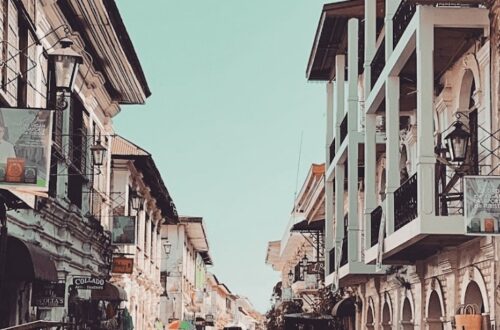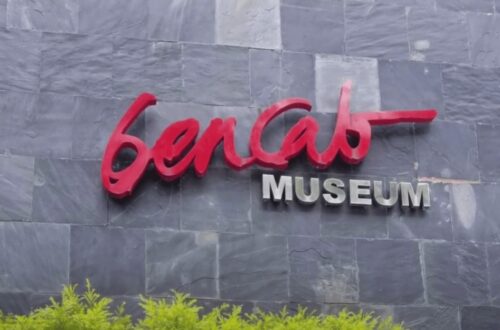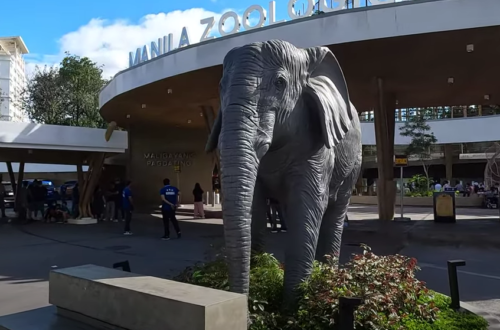
Tam-awan Village
Introduction
Tam-awan Village also known as the Garden in the Sky is one of the tourist spots in Baguio City that showcase the local culture and arts in the Cordillera region. The word Tam-awan came from the local dialect which means “vantage point” or a place for seeing a scenery at a higher spot. When visitors explore the whole village on a sunny day they will find some viewpoints that have an outstanding view of the mountainside as well as the sea.
According to history, Tam-awan Village was established in the year 1998 by Chanum Foundation Inc. which is a nonprofit organization that has a concept that the village would be a major venue for art and cultural activities that would raise admiration for the Cordilleran heritage, culture, and beauty. In ancient days, the village used to be a pasture land for cattle and there is a spring beside it that provides abundant water to the grazing herds of cattle. At first, they began to refurbish several Ifugao houses in Baguio City with the perception of making a model village accessible to Filipinos who have not had the chance to travel to the Cordillera region.
What started with three huts from Ifugao eventually became seven Ifugao huts and two Kalinga houses which were restored using original materials and new cogon roofs. Most of the huts were named after their originating province upon arriving in Baguio City. These huts were actually reconstructed by very skilled local artisans. They made use of wooden pegs as the nails for the huts and rattan strips as lashes to secure the house together. The houses were also fumigated through a traditional way of smoking in order to eliminate the termites and maintain the indigenous color and scent so that guests would still feel the authenticity of the house. Presently, these huts were beautifully laid on the 2.5-hectare land of Tam-awan Village simulating and projecting just like a typical Cordillera village. Furthermore, the Tam-awan Village trail was designed to adapt to the natural mountainous trail of the Cordilleras, the management and administration of Chanum Foundation Inc. have built the village according to the geographic constraints. The huts are all authentic and likewise follow Cordilleran architecture which has lower ceilings and beams.
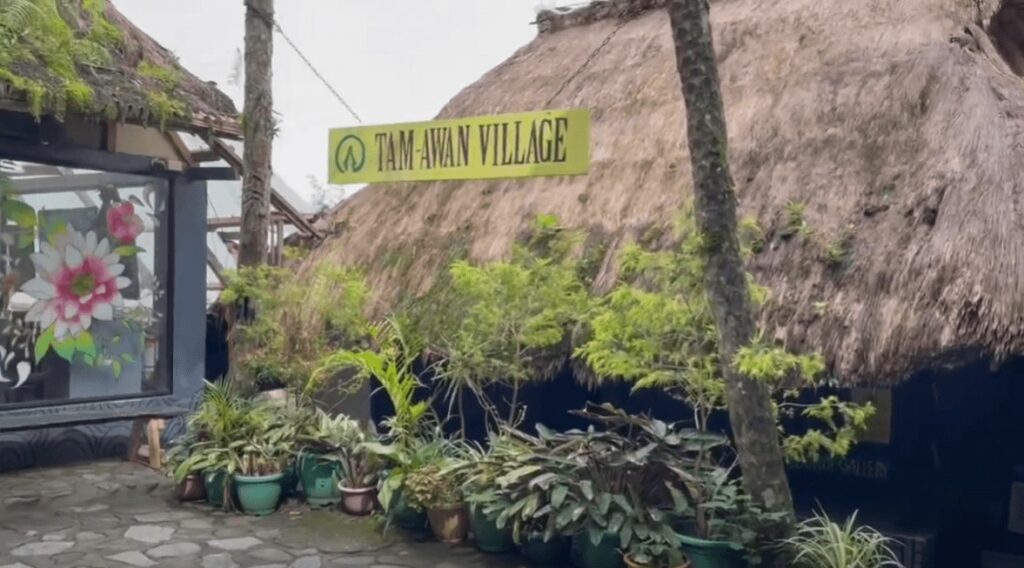
Name: Tam-awan Village
Address: 366-C Pinsao Proper, Baguio City, Benguet, Philippines
Features: Igorot cultural dance and indigenous arts
My trip to Tam-awan Village
It was during the weekend when I decided to visit this art village as I found out that it provides visitors with a rich peculiar blend of Cordillera culture and heritage. After paying the entrance fee, one staff provided a map of the whole place and I started exploring the place. I went up the stairs on the right side and after that, I went inside the Village Gallery where I could see a big wild boar art installation by Hilario Quirona and colorful paintings made by seasoned artists.
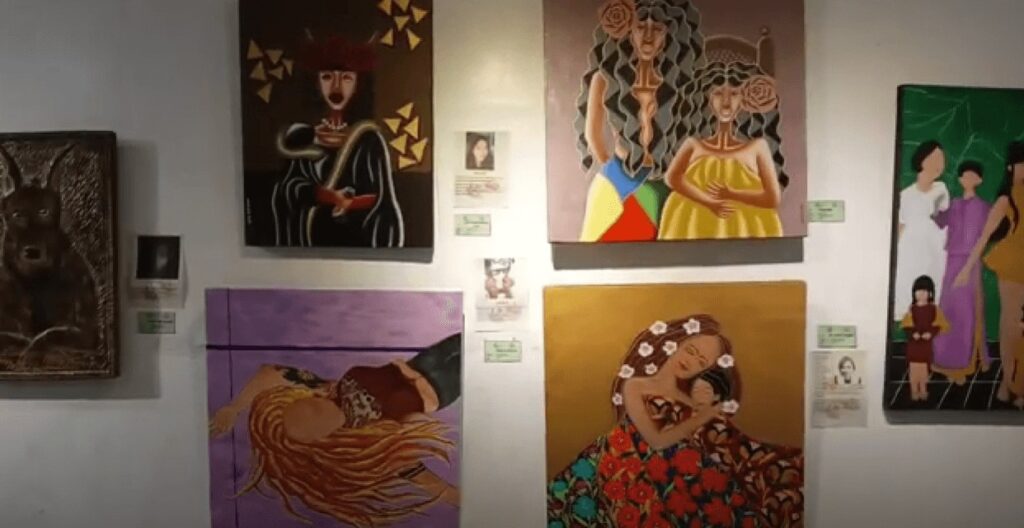
Afterward, I go to the sketching area where I can see an artist doing a portrait sketch with a minimal fee. Beside the sketching area is the craft shop where visitors can buy native woodwork, woven items, handmade accessories, t-shirts, and some delicacies. Then I go inside the Bugnay Gallery where I can spot impressive paintings in various mediums made by Filipino painters. In my opinion, the paintings here are exquisite and it’s mirror the history and tradition of Ifugao.
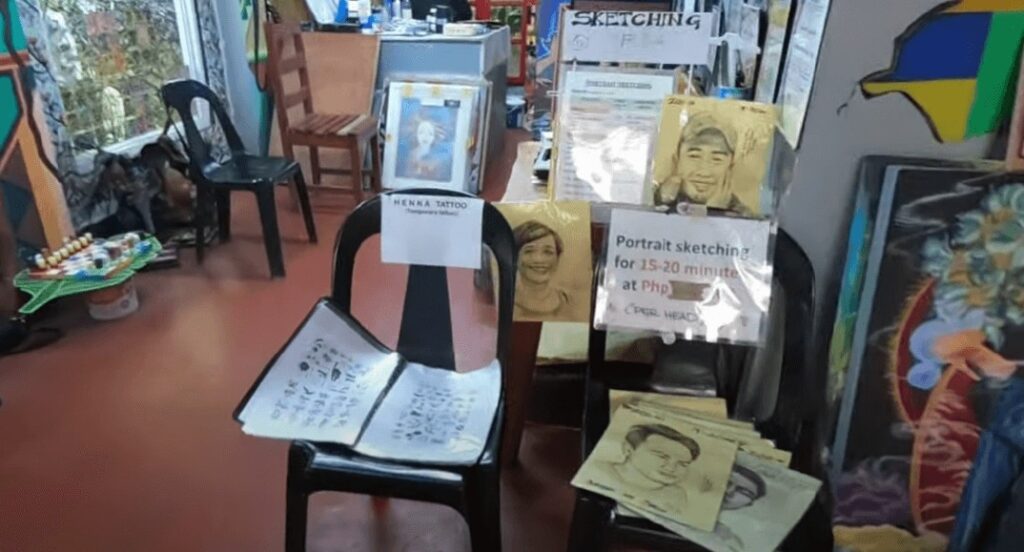

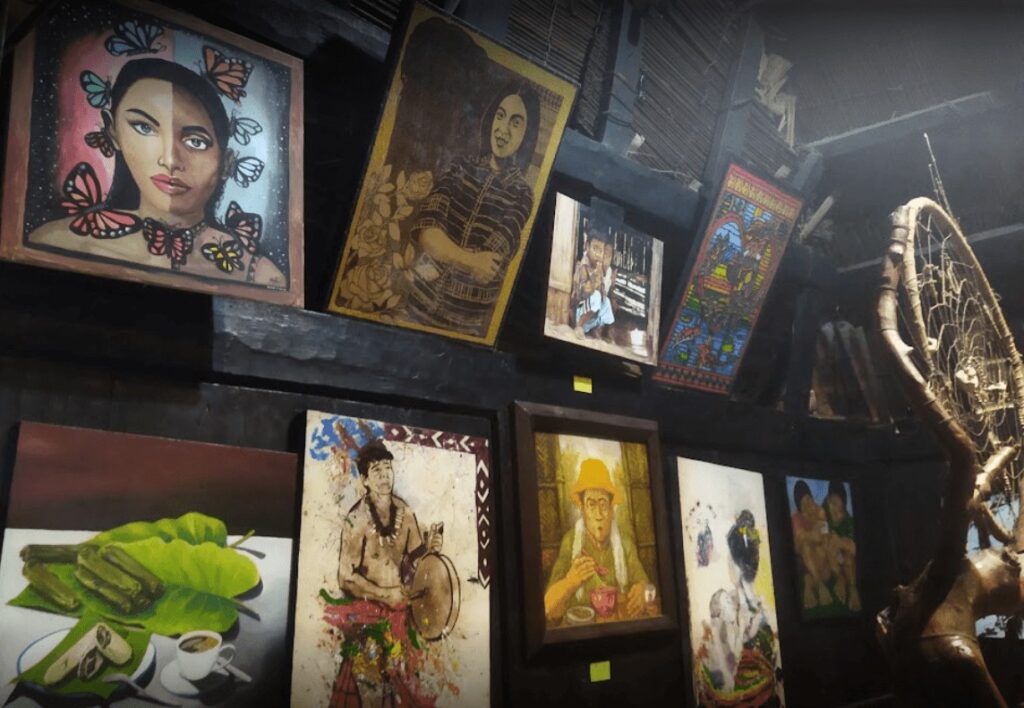
As I continued to walk, I passed by a traditional Tam-awan Village hut where I could see the Bontoc Rice Granary which plays an important role in the Cordillera rice agriculture. Then I walk across a garden jungle that is so pleasant to the human eye and the air here is so fresh. Also, the fishing pond in the middle is so clean.
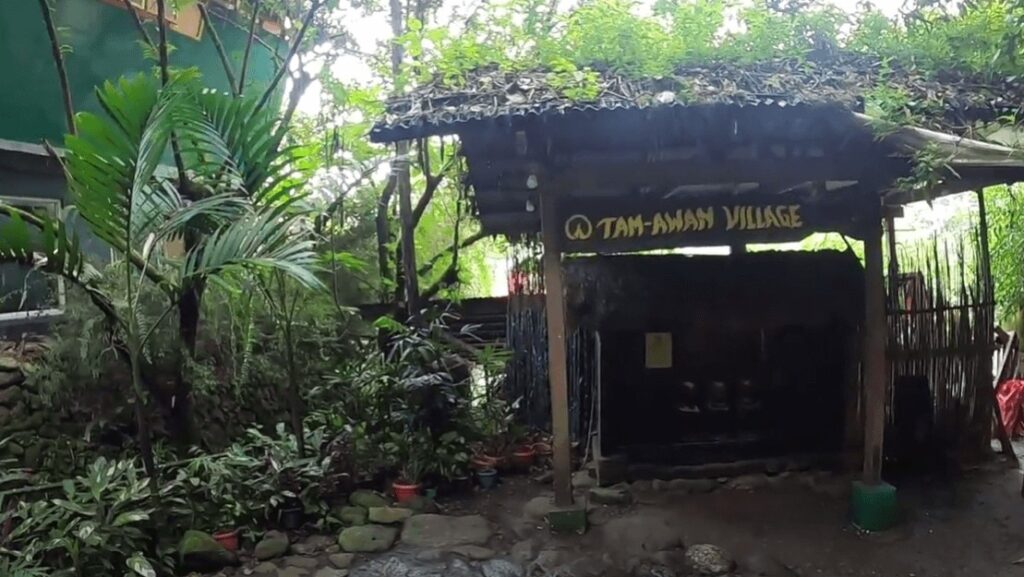
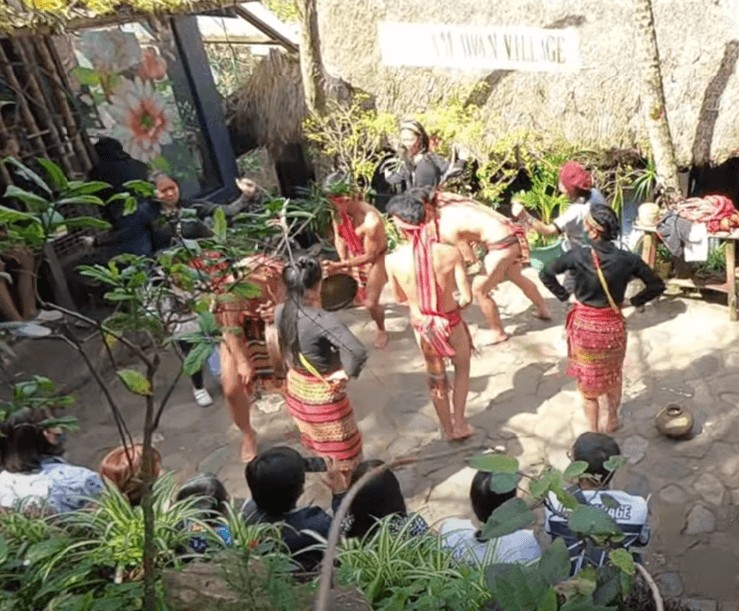
After that, I went to the area where they showcased some of the tribe’s rituals. It was great that I was able to witness some of the tribal dances which include the Igorot courtship dance which was so lovely to watch. I definitely loved the preservation of culture and tradition as well as the different kinds of ethnic group dances of the Cordillera region which is very akin to the northeast Indian dance. From my perspective, the cultural dance is the main highlight of this place as it gives insights into their vibrant culture, and for this reason, I donated some amount of money as I appreciate the atmosphere in this place.
Afterward, I went inside the Tam-awan Cafe where I ordered a sweetened cured pork dish to satisfy my cravings after a lot of uphill walks. Then I continued to explore the place and after a few minutes of walking along the lush greenery trail, I had an overlooking view at the top of the village where I could see to my left side the Cordillera houses built on a hillside and the right side is the sea. The area itself is peaceful and I loved the setting. Without a doubt, Tam-awan Village is an amazing place for people who love arts and nature. It’s a venue for art and cultural activities that would enhance appreciation of culture and beauty.
How to Go to Tam-awan Village
By commute
From the jeepney terminal in Kayang Street near Baguio City Market, ride a jeep with signage of Long Long Road or Tam-awan and tell the driver to alight you at Tam-awan Village. The jeepney fare is ten pesos. Note: if you don’t want to ride a jeepney then you may ride a taxi from the Central Business District in Baguio City. The travel time is approximately twenty minutes but it will depend on the current traffic situation.
By private car
From Burnham Park, drive through Harrison Road and Abanao Road and proceed to Naguilian Road. Later make a right turn going to Quezon Hill Road 2 and Tacay Road. Then proceed to Long Long Benguet Road until you reach the Tam-awan Village on the left side. Note: the road leading to the village is precipitous and curves so take necessary precautions when driving.
Reminders and Tips:
- The entrance fee in Tam-awan Village is 60 pesos for adults and 40 pesos for students and senior citizens. On the other hand, the entrance fee for children below ten years old is 30 pesos, and for kids below three years old is free of charge. Note: the rate may change without prior notice.
- Tam-awan Village is open daily from 8 am in the morning up to 6 pm. The picnic fee for a group of ten people is 200 pesos which starts from 9 am up to 6 pm.
- There’s an occasional art workshop held in the village where visitors can enhance their art skills. Note: Participants must bring art tools and materials such as charcoal pencils, watercolor, acrylic paint, and oil paint.
- There are many things to do inside the Tam-awan Village such as visiting each gallery and seeing the various artworks, watching Cordillera cultural shows, buying some souvenirs and delicacies, and having an overnight stay at one of the native huts that offer an alluring and unforgettable experience.
- The elderly may not be able to take a full tour of the village as well as children without adult supervision.
- Always watch your step as you explore the village.
- The portrait sketching for 15 to 20 minutes is 200 pesos per head.
- The use of a hut without bedding is 500 pesos per day.
- Above all, respect the locals and their culture as we are only there to visit the place.
There you have it. The aim of art is to portray not the exterior appearance of things, but their interior significance. Overall, I hope this blog has been useful to you and to your friends. Enjoy your travel and have an amazing day ahead.


